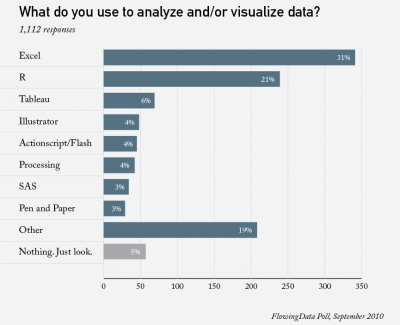(Cross-posted from Edutopia)Back in July, we kicked off Edutopia’s first-ever Project-Based Learning Camp by posing a big question: How can educators turn the Gulf oil disaster into meaningful learning for students?
Four weeks of brainstorming and collaboration later, participants have emerged from this online experience with some inspired ideas. Our
final webinar turned into a celebration as teacher teams shared their innovative projects and reflected on their process.
What’s ahead for these teachers—and for their students? Here are just a few examples.
Fight for Your Life: In Georgia, Mike Reilly’s ninth-graders will be exploring what happens when human demand for life-sustaining water outstrips supply. Student investigations into water wars may lead them to create movies, presentations, computer games, or even physical demonstrations of their understanding. Giving students a choice is intentional, Reilly says, so that they will “own” the project—and their own learning. He plans to start with a school-based project (in collaboration with a language arts teacher), and then eventually connect with the other four PBL Campers who collaborated on this project, titled
“Fight for Your Life.”The Pandora Project: What does it mean to be human? And how can we take better care of the planet we share? Those are among the intriguing questions students will be exploring in
“The Pandora Project.” Developed by Jennifer Duann from Lima, Ohio, and Zahra Belyea from Massachusetts, “Pandora” uses James Cameron’s film
Avatar as the springboard for learning. By the end of the project, students will be designing their own worlds—and human-like inhabitants. Duann comes at the project as a biology teacher and Belyea as a language arts teacher currently working in an alternative high school setting. They hope the project not only takes students deep into understanding life science, but also builds empathy.
It Affects Us All: A huge team—16 elementary teachers—came together to develop yet another project, called
“It Affects Us All.” They will be connecting their classes throughout the year—reading and discussing environmental novels, reporting on their local ecology, and collaborating on service projects. Jennifer Ower from San Bernardino, Calif., and Kristin Hoins from Telluride, Colo., shared their insights about planning this ambitious project during the webinar. For Ower, this is her first “full-blown PBL. It’s how I’ve always wanted to teach,” she says. Hoins, who is moving into a new role as technology coordinator for her intermediate school, sees the project as an opportunity “for our students to have an authentic audience for their ideas.” Technology tools will be infused throughout the project, enabling students to accomplish a variety of important learning goals.
As I listened to teachers describe their plans, I could hear the excitement in their voices. They can’t wait to launch these projects. By designing projects that connect students with real-life issues, they have set the stage for relevant, meaningful learning. You can’t get this from a textbook. At the same time, they have thought long and hard about the content standards that they plan to address. Their plans should lead to rigorous learning and genuine problem-solving.
Best of all, the good thinking and creative resources that came out of PBL Camp are now available for any other teacher to borrow or learn from. All the webinars and weekly learning activities from PBL Camp are now
archived at Edutopia. The project plans are available to borrow in the
PBL Camp wiki. If you want to brainstorm with teachers who have taken the lead on developing these project plans, you can connect with them in
Edutopia’s PBL community.
So, back to that initial question: How can teachers help turn the Gulf disaster into meaningful learning for students? Like any good driving question in PBL, this can’t be solved with one “right” answer. It’s deliberately open-ended and focuses on a messy, real-life problem. And as PBL Campers quickly discovered, one good question naturally leads to others.
But answers are on the way. In the months ahead, look for more news about PBL Camp as we provide updates on projects from across the country.
Voices on the Gulf, a new online community for student publishing, is another place to watch students tackle hard questions and make meaning about one of the worst environmental disasters in U.S. history.
It’s been a privilege to work with PBL Campers and watch them dive deeply into project planning together. As one participant told me after our final webinar, “The results today demonstrate how powerful this is, and how quickly people figure it out and jump in swimming. It has been an excellent proof-of-concept for social invention.”
And it’s going to get even more interesting when students enter the picture. So stay tuned!



























